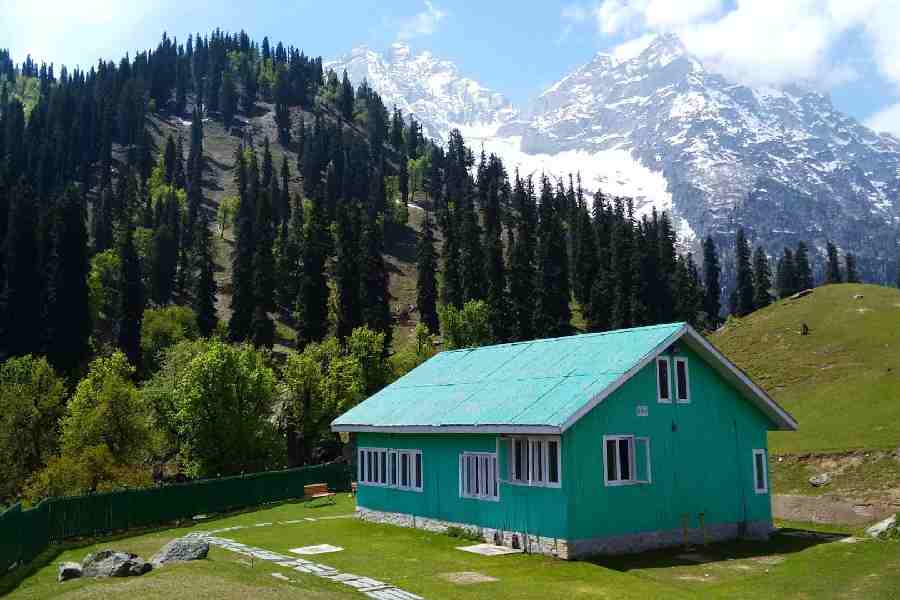 |
| The Tarapur atomic power station |
New Delhi, Sept. 14: India’s latest and largest nuclear reactor at Tarapur that began feeding electricity to the nation on Monday is also the fastest-constructed and a stepping stone to an even more powerful reactor.
The 540 MW reactor that took just five years to build is a typical homegrown nuclear power plant that uses domestic natural uranium as fuel.
In the past, the construction of nuclear reactors typically took seven to eight years.
While existing indigenous reactors deliver about 220 MW of power, the new reactor uses advanced technologies and improved designs to extract 540 MW of electricity from the nuclear reactions at its core.
However, with some tweaking of its operating parameters, the same core could also be used to develop a 700 MW reactor, a senior NPC official said. Candidate sites to erect such a 700 MW reactor are under evaluation, he said.
The 540 MW reactor ? Unit 4 at Tarapur ? first began burning nuclear fuel in March this year, and had been synchronised with the electricity grid in June. NPC declared it ready for commercial operations on Monday.
Another 540 MW reactor at Tarapur ? Unit 3 ? is expected to be ready for power generation by early 2006. Tarapur is the site of India’s oldest, imported nuclear reactors ? two 160 MW US-made boiling water reactors that rely on imported enriched uranium as fuel.
In the 540 MW reactor, as in the existing indigenous reactors, pressurised heavy water remains liquid as it passes through the channels within the reactor’s core picking up heat.
However, by allowing partial boiling of this heavy water, more heat may be extracted from the reactor’s core and used to drive steam turbines and produce 700 MW of power, the NPC official said.
The NPC now operates 15 nuclear reactors leading to 3310 MW of power. Seven more reactors are under construction. These include two at Kaiga, Karnataka, two in Rajasthan, two Soviet-made reactors in Tamil Nadu and Unit 3 of Tarapur.
All 14 NPC power plants have been achieving an availability factor of 84 per cent since the year 2000.
The availability factor is a measure of the time for which a power plant is available to feed the grid. A factor of 84 per cent means that the plant was available 84 out of 100 days. Last year, the availability factor of plants was 88 per cent which, NPC officials said, compares with international figures.










